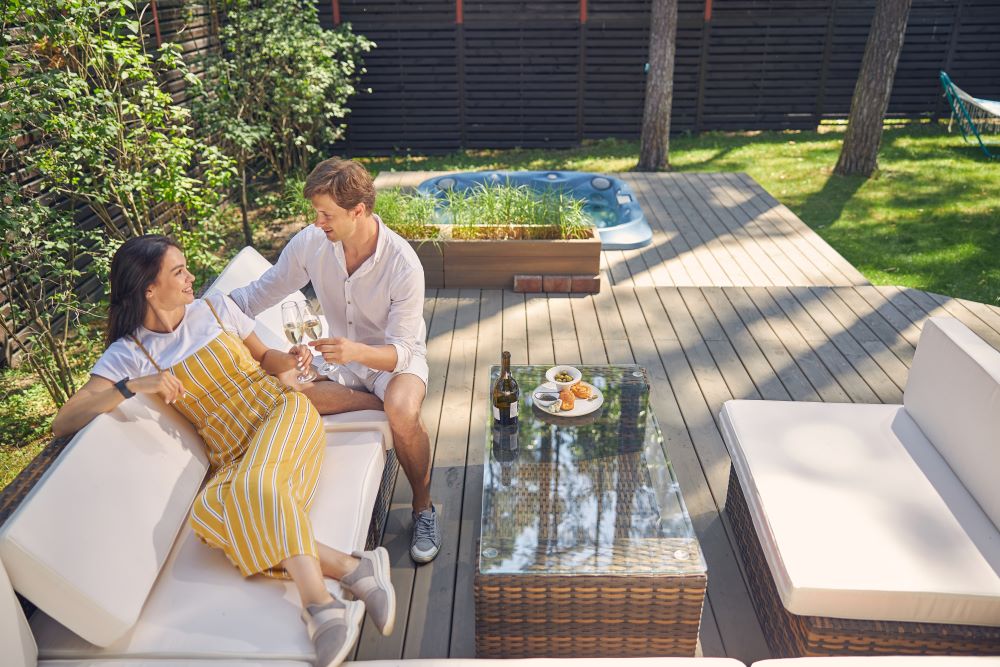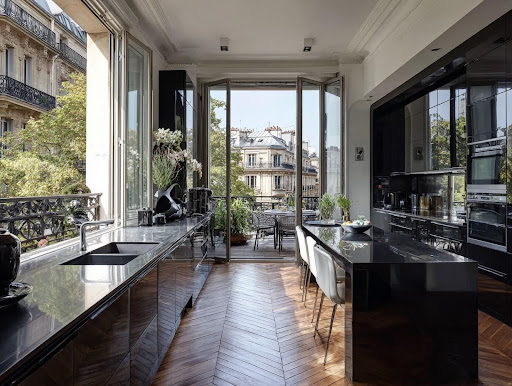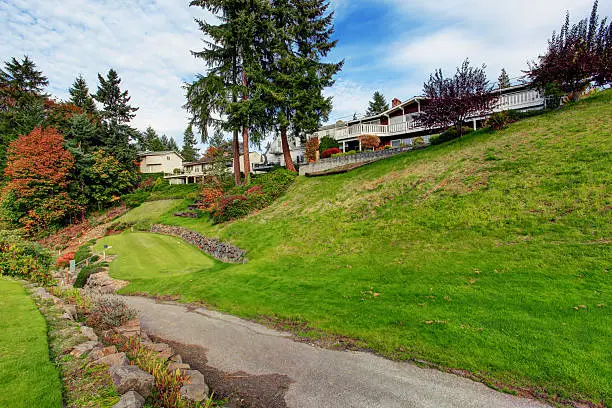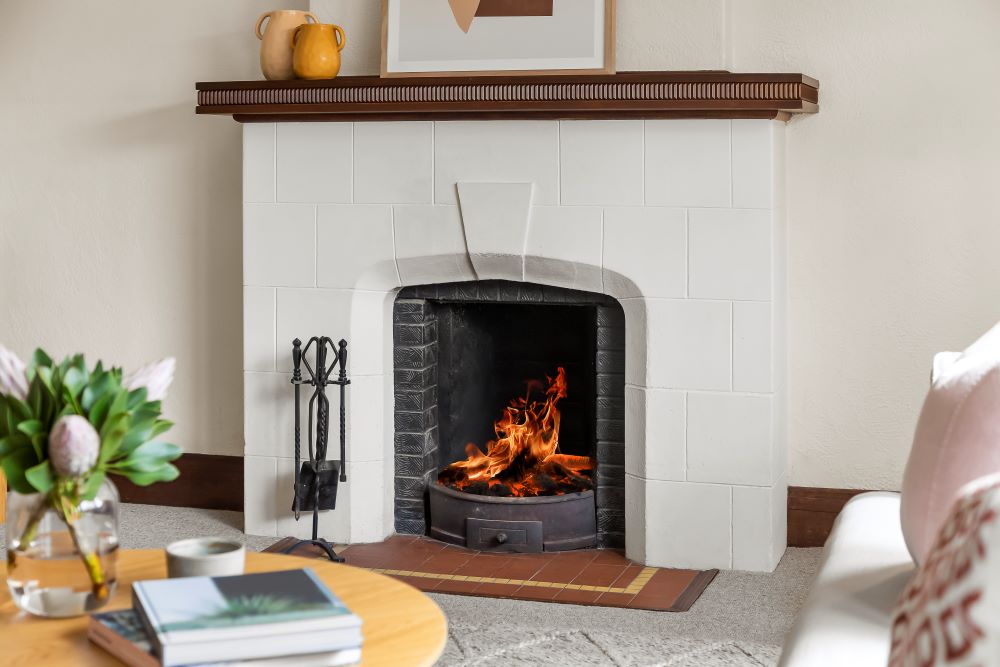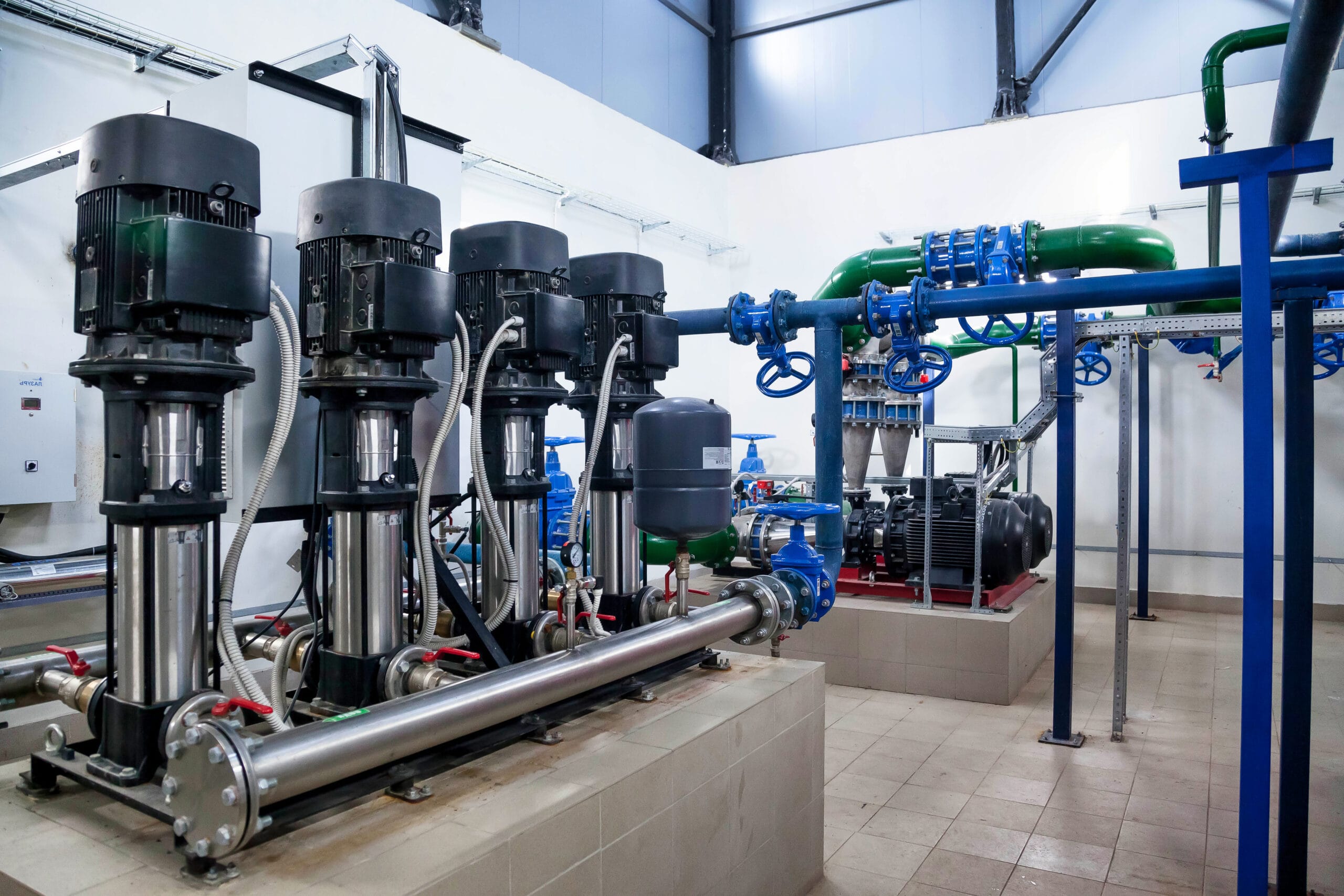When it comes to flooring options, homeowners are often faced with a myriad of choices. While hardwood and stone have long been popular selections, a new contender has emerged in recent years that’s been turning heads and transforming homes: luxury vinyl flooring. This innovative flooring solution offers a perfect blend of aesthetics, durability, and affordability, making it an increasingly attractive option for those seeking to enhance their living spaces without breaking the bank.
What is Luxury Vinyl Flooring?
Luxury vinyl flooring is a synthetic flooring product that has revolutionized the market with its ability to mimic the appearance of natural materials while offering superior performance characteristics. Unlike traditional vinyl flooring, which often looks and feels artificial, luxury vinyl flooring utilizes advanced manufacturing techniques to create a product that’s almost indistinguishable from the real thing.
At its core, luxury vinyl flooring is composed of multiple layers, each serving a specific purpose:
- Wear Layer: The topmost layer that protects against scratches, stains, and general wear and tear.
- Design Layer: A high-resolution photographic layer that replicates the look of natural materials.
- Core Layer: Provides stability and often includes features for water resistance or rigidity.
- Backing Layer: Adds durability and helps with installation.
These layers work in harmony to create a flooring product that’s not only visually appealing but also highly functional. The result is a floor that can withstand the rigors of daily life while maintaining its aesthetic appeal for years to come.
One of the most remarkable aspects of luxury vinyl flooring is its versatility. It can be manufactured to mimic a wide range of natural materials, including various types of wood, stone, and even ceramic tiles. This versatility allows homeowners to achieve the look they desire without the associated maintenance and cost of natural materials.
How Luxury Vinyl Flooring Mimics Natural Materials
One of the most impressive aspects of luxury vinyl flooring is its ability to convincingly replicate the look and feel of natural materials. This is achieved through a combination of advanced manufacturing techniques and attention to detail. Let’s delve into how luxury vinyl flooring manages to create such realistic imitations:
High-Resolution Imaging
The process begins with high-resolution photography of natural materials. Manufacturers capture detailed images of wood grains, stone textures, and tile patterns. These images are then digitally enhanced to ensure clarity and realism.
Embossing Techniques
To add depth and texture to the surface, manufacturers use embossing techniques. This process creates subtle indentations and raised areas that correspond to the natural variations found in wood and stone. There are several types of embossing used:
- In-register embossing: This aligns the texture precisely with the printed design, creating a highly realistic feel.
- Random embossing: This adds a general texture that may not exactly match the print but still provides a natural feel.
- Multi-level embossing: This creates varying depths of texture for an even more authentic look and feel.
Colour Variation
Natural materials like wood and stone have inherent color variations. Luxury vinyl flooring replicates this by incorporating subtle color differences within each plank or tile. This attention to detail helps avoid the repetitive patterns that can make flooring look artificial.
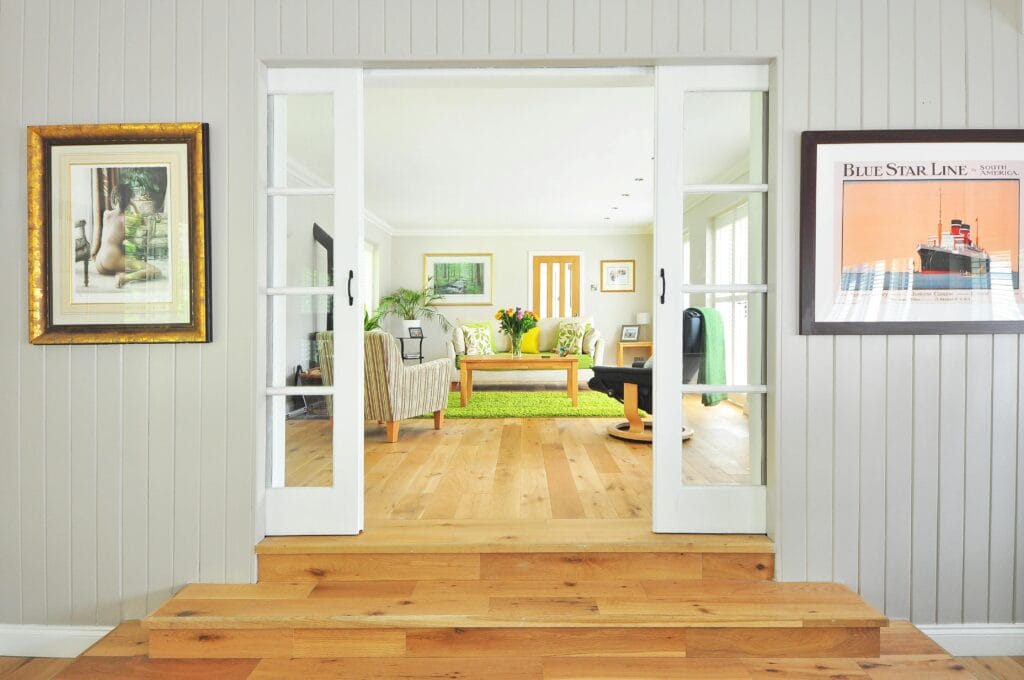
Edge Treatments
The edges of luxury vinyl planks and tiles are carefully designed to mimic their natural counterparts. For wood-look planks, this might include micro-bevelled edges that create subtle grooves between planks, similar to real hardwood. For stone-look tiles, the edges may be slightly rounded or textured to resemble cut stone.
Surface Finishes
Different surface finishes are applied to enhance the realism of the flooring:
- Matte finishes: These are often used for stone-look tiles to replicate the appearance of natural, unpolished stone.
- Semi-gloss finishes: These can be used for both wood and stone looks, providing a subtle sheen similar to polished natural materials.
- Hand-scraped or wire-brushed finishes: These are used on wood-look planks to mimic the texture of distressed or reclaimed wood.
Variety in Design
Manufacturers produce a wide range of designs within each product line. For wood-look flooring, this means variations in plank width, length, and pattern to avoid repetition. For stone-look tiles, it involve creating multiple unique tile patterns to ensure a natural, random appearance when installed.
Choosing the Right Luxury Vinyl Flooring for Your Home
Choosing the right luxury vinyl flooring for your home means balancing durability, style, and budget. Start by assessing the needs of each room. High-traffic areas require durable floors with thicker wear layers, while bathrooms and kitchens need water-resistant options. Rooms with direct sunlight benefit from UV-resistant flooring.
Style is another key factor. Luxury vinyl offers wood looks like oak or maple, stone imitations such as marble or slate, and unique patterns for a distinctive touch. Quality indicators matter—opt for flooring with a thick wear layer (20 mil or more), a rigid core (SPC or WPC), and planks at least 5 mm thick.
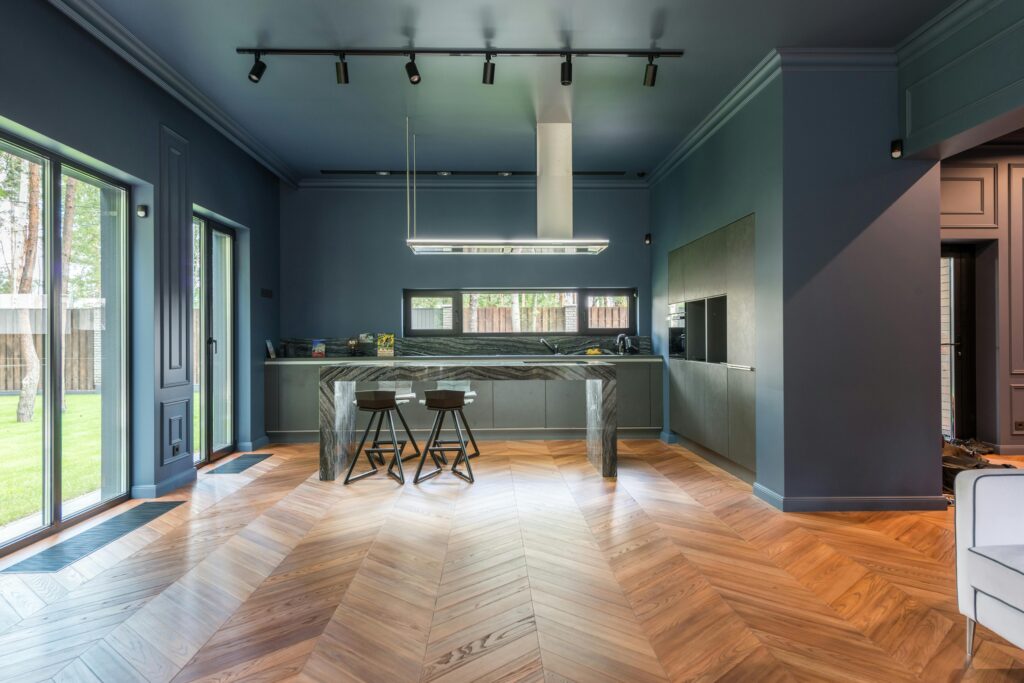
Installation methods vary. Click-lock planks are DIY-friendly, glue-down floors offer permanence, and loose-lay options are easy to replace. Always order samples to test durability, comfort, and appearance in different lighting. Underlayment can add comfort, reduce noise, and protect against moisture, especially over concrete.
Set a budget that includes materials, underlayment, and installation. Higher-quality flooring may cost more initially but can last longer, saving money over time. Finally, choose products with solid warranties and certifications to ensure quality and safety.
Environmental Considerations
Luxury vinyl flooring is primarily made of polyvinyl chloride (PVC), which raises environmental concerns due to the use of non-renewable resources and the release of volatile organic compounds (VOCs) during production. PVC recycling is challenging, leading to increased landfill waste. The EPA recommends choosing low-VOC-certified flooring to improve indoor air quality.
Proper maintenance and cleaning are essential to prolong the life of vinyl floors and maintain air quality. Dry mopping and using recommended cleaners help minimize pollutant buildup indoors.
Summary
Luxury vinyl flooring stands out as a practical and stylish alternative to hardwood and stone, offering the perfect balance of durability, aesthetic appeal, and affordability. Its ability to mimic natural materials with remarkable accuracy makes it an ideal choice for homeowners seeking elegance without high costs or maintenance. By carefully selecting the right design, quality, and installation method, you can enhance the comfort and value of your home for years to come.







